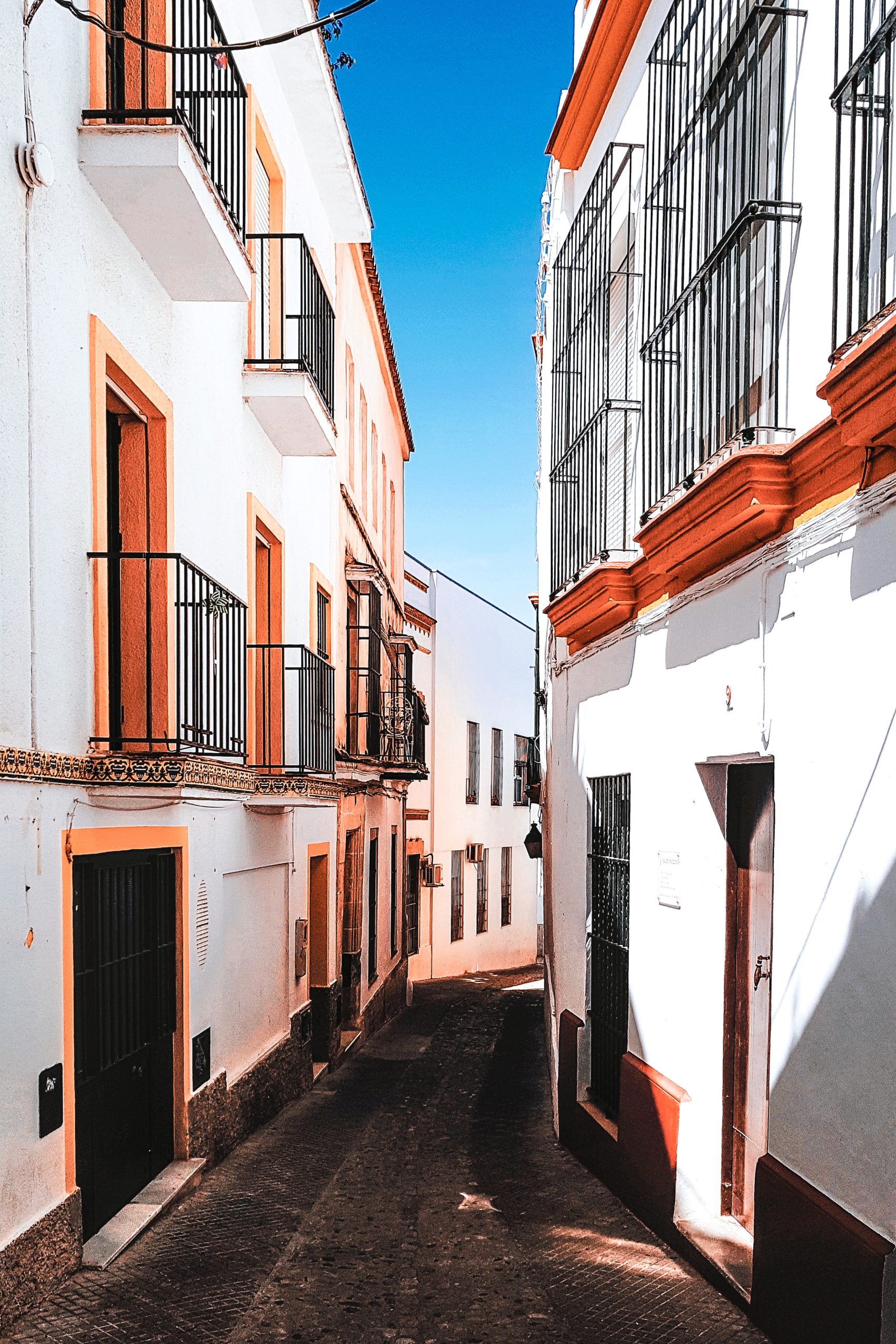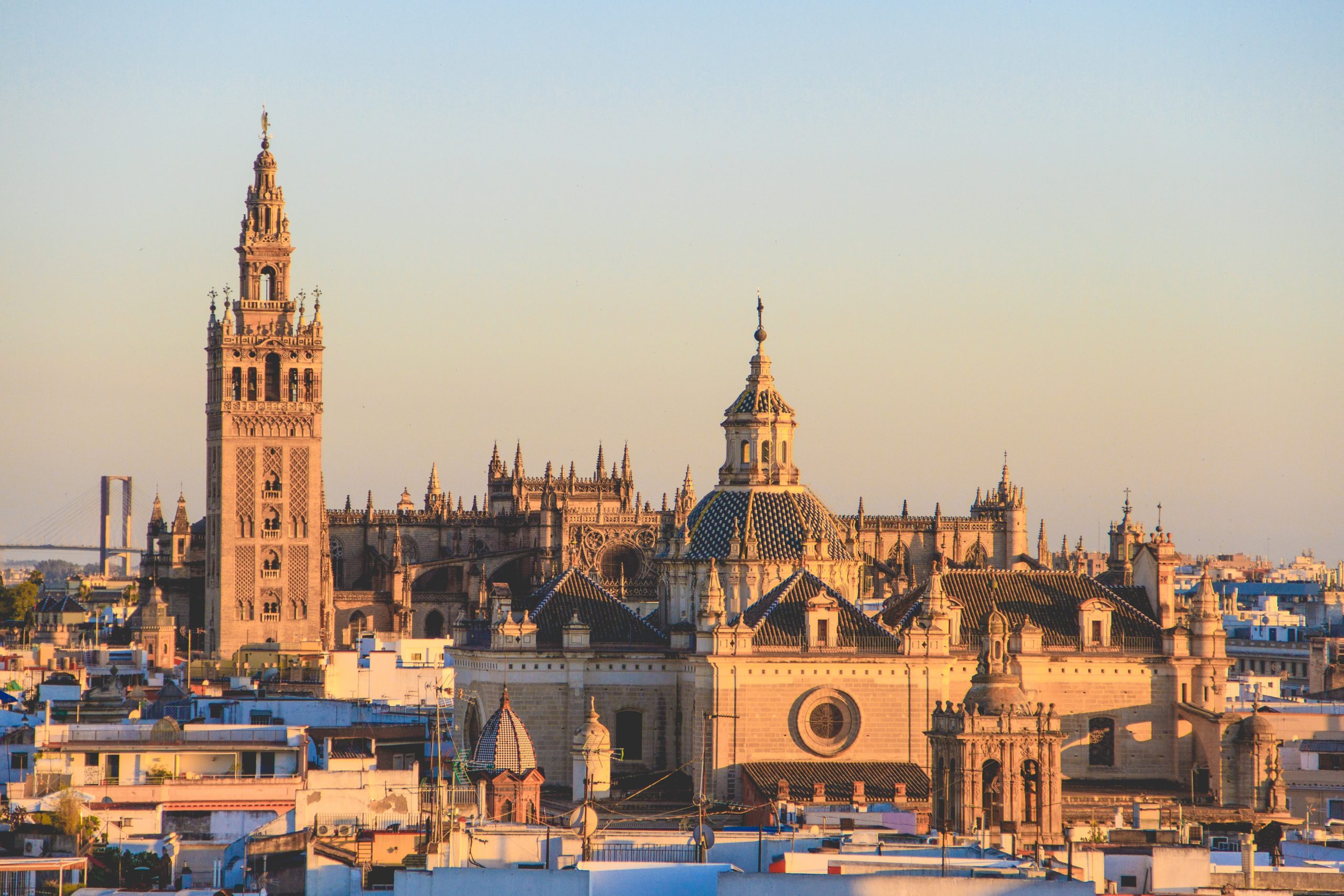Andalusia, a land bathed by the Mediterranean Sea but also by the Atlantic waters, features more than 87,000 square kilometres dotted with Phoenician, Greek, Roman and Arab vestiges; a paradise for the most exquisite of palates and discerning athletes.
Andalusia is a land where the ocean and nature come together to create a unique place for surf addicts, golf enthusiasts and mountaineers alike; a place where you can find anything and everything your heart desires; all year round.
The Wine & Country Club proudly nestles in this sheltered paradise. This little gem offers exclusive homes in the form of winery estates from where to travel to and discover Andalusia’s eight provinces, each possessing their own unique character and natural charm.

Eastern Andalusia – Almeria, Granada, Jaen and Malaga
From the coast towards inland mountains and villages, Andalusia retains a special candour, enough to make you wild with delight. The easternmost part, which comprises Almeria, Granada, Jaen and Malaga provinces, defines a historical region marked by the Mediterranean Sea and influenced by neighbouring regions such as Murcia or Castile-La Mancha.
Starting at the easternmost area, the coast of Almeria is worth touring from end to end, for there is no beach in this province that is not worth a visit. If you are planning on spending a day out with the family, Los Genoveses or Cabo de Gata are up to scratch; but if you are looking to discover an absolute gem, we recommend you head to Los Muertos beach (this literally translates as “The Dead”, but do not be put off by that name as it is a lovely and unspoilt beach). Another must in the province is the Tabernas desert, a film set for countless westerns and adventure films.
Moving on to Granada, we encounter one of the most beautiful monuments in the province and in Spain: the Alhambra. They city’s cobbled streets and charming promenades, such as Los Tristes, make Granada a very special place that is blessed with a glorious sea and mountain scenery. Sierra Nevada, which boasts the Mulhacen—the highest mountain in the Iberian Peninsula—and its Mediterranean coast offer something for every taste.
Famed for its endless olive groves and gleaming whitewashed towns, Jaen is a veritable treasure trove of signature olive oils, superb cuisine, Arab-influenced culture to please a traveller’s intellectual side, and world-renowned villages, which will delight and pamper in equal measure.
And so, ever so casually, we have made it to Malaga, where you, not long ago, succumbed to the Andalusian charm for the very first time; and where towns like Ronda welcomed you and made you feel part of the crowd. The Wine & Country Club did the rest.
It is not for nothing that Malaga is popularly known as the sunshine province: it has more days of annual sunshine and less rainfall than elsewhere in Andalusia. It is against this backdrop that you have lately been sampling some of the province’s finest Michelin-starred restaurants, and taking in the views of Sierra de Grazalema from your patio, or exploring the wildflower meadows and winding woodland trails.

Western Andalusia – Cordoba, Seville, Cadiz and Huelva
Moving west, we enter beautiful Cordoba with its impressive Mosque-Cathedral. From here, the city’s entire historical and cultural heritage is well worth exploring in depth. Cordovan fare at its best includes the uber popular salmorejo (thick tomato soup served cold) and flamenquines (thin pounded pork escalopes, stuffed with Serrano ham and cheese, rolled in breadcrumbs and pan-fried in olive oil until golden brown); a mix of quality products that yield tasty dishes. Worth mentioning are also the ruins of the legendary Medina Azahara, a city that was commissioned to be built in the 10th century by Emir Abd al-Rahman III.
Seville, the region’s capital, is internationally famed for its April Fair, its Maestranza bullring and the most popular and majestic traditional dance: the Sevillanas. The city’s streets breathe art and history.
To the south we find Cadiz, also fondly called tacita de plata (silver teacup) by locals. Legend has it that the name refers to the wealth of its inhabitants, or the colour of the city, or its shape and location, or its cleanliness. Whatever the real reason, touring the whitewashed villages in Cadiz is a truly sensory experience. In addition, its pristine beaches are ripe for surfing, kiteboarding and windsurfing.
And to end our journey across 87,000 square kilometres on a high note, nothing beats Huelva. The Land of Light—as the province is popularly known—has beautiful golden beaches stretching for miles, just like Almeria. If you are looking to commune with nature, do venture into the wonders of the Sierra de Aracena Natural Park, which is also home to one of the most outstanding typical meat products: Jabugo ham.
This concludes our snapshot of life in Andalusia, a genuine region that is sure to impress you with its endless cultural and leisure pursuits, superb cuisine and wealth of history.




